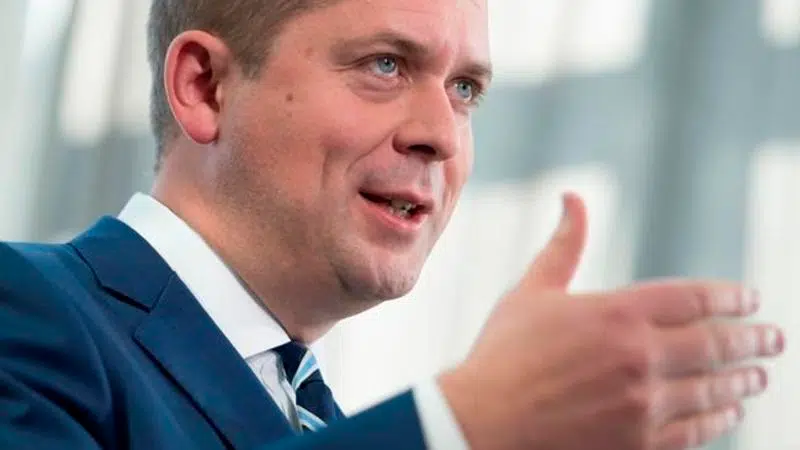
Baloney Meter: Andrew Scheer says Canada sends foreign aid to rich countries
OTTAWA — “The Trudeau government sends $2.2 billion of so-called foreign aid to middle- and upper-income countries like Argentina, Barbados, Brazil, China, Iran, Italy, Mexico and Turkey. Worse still, some of that money is shovelled to repressive regimes that are adversarial if not outright hostile to Canadian interests and values — countries like Iran, North Korea and Russia.
“At a time when Canadians are working harder than ever and not getting ahead, Trudeau is using their hard-earned tax dollars to support anti-Semitic organizations and prop up foreign dictatorships…We will cut 25 per cent in aid currently going to corrupt regimes and middle- and higher-income countries.”
— Conservative Leader Andrew Scheer, press conference in Toronto, Oct. 1, 2019.
As part of a platform pledge to decrease foreign-aid spending by 25 per cent, Andrew Scheer took a broad swipe at Justin Trudeau’s record on international aid — accusing the Liberal leader of sending Canadian tax dollars to “corrupt regimes” that help to “prop up foreign dictatorships.” He also attached a dollar figure to the amount the Trudeau government has sent to high- and middle-income countries: $2.2 billion.

